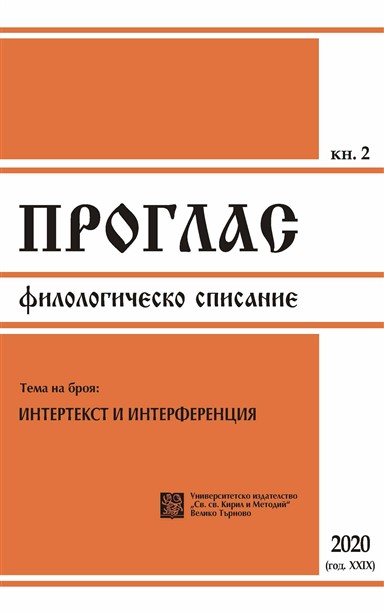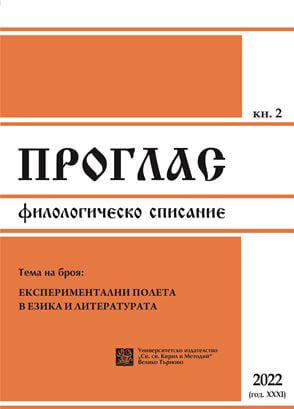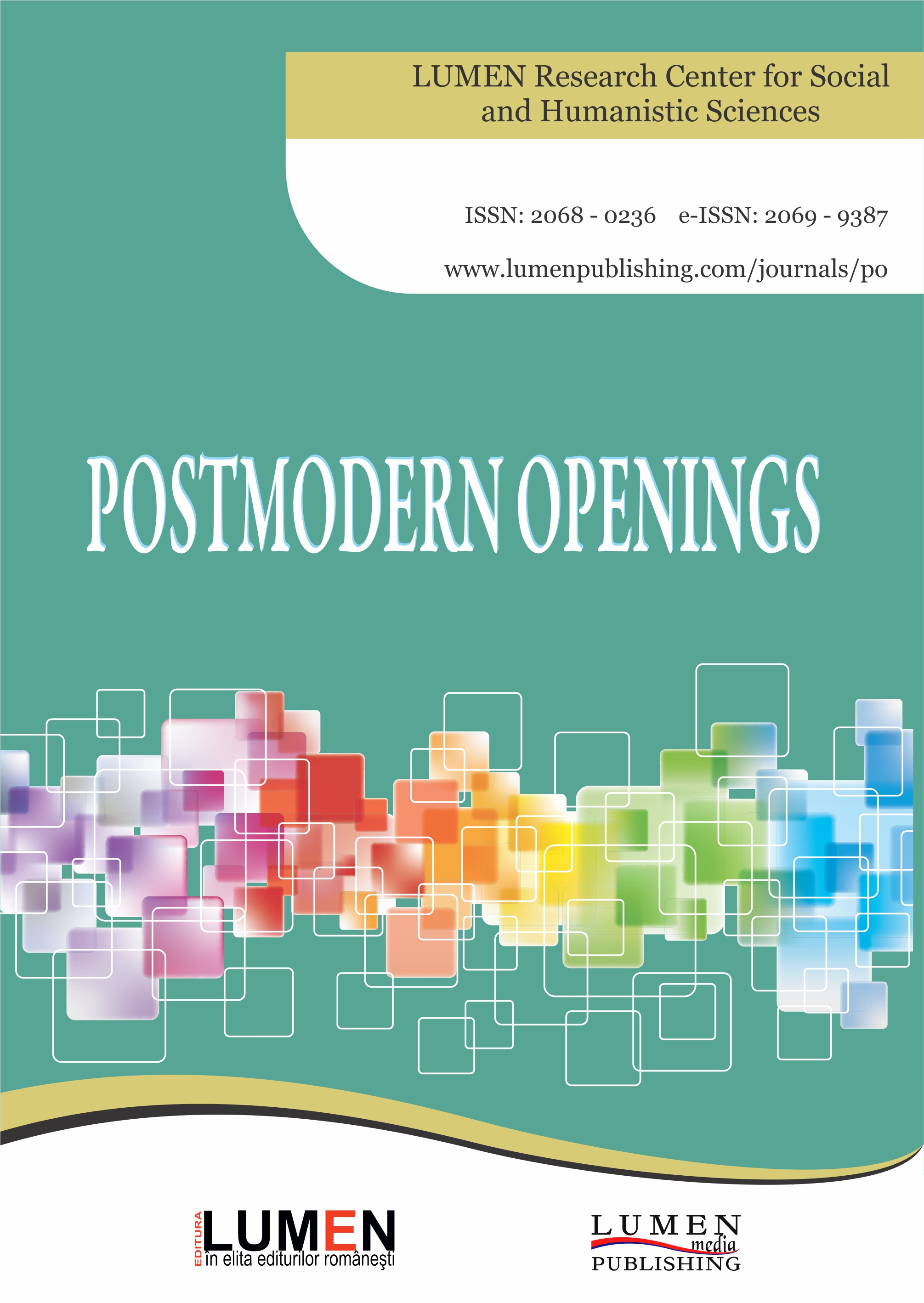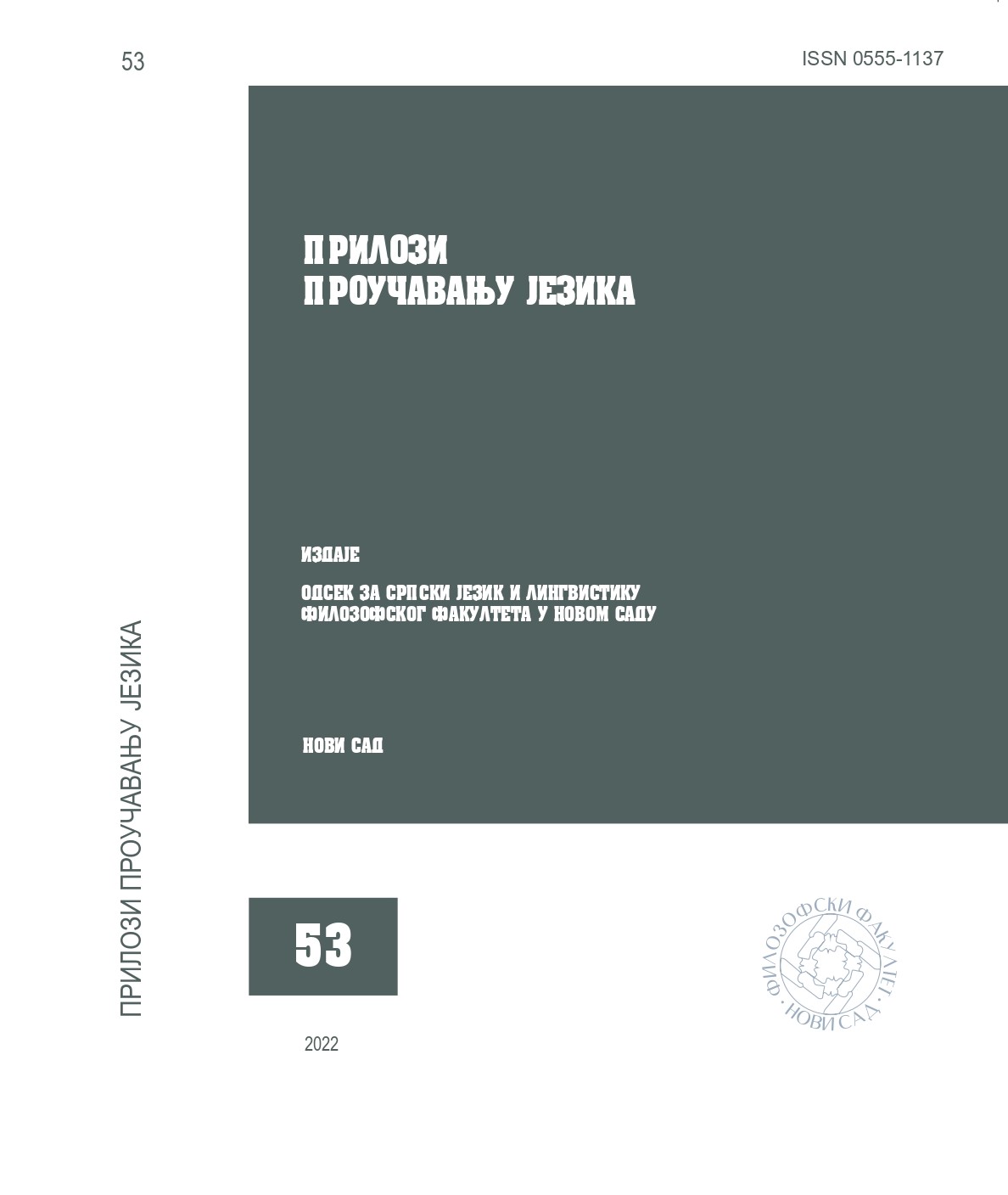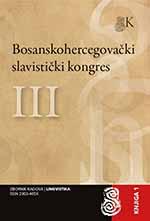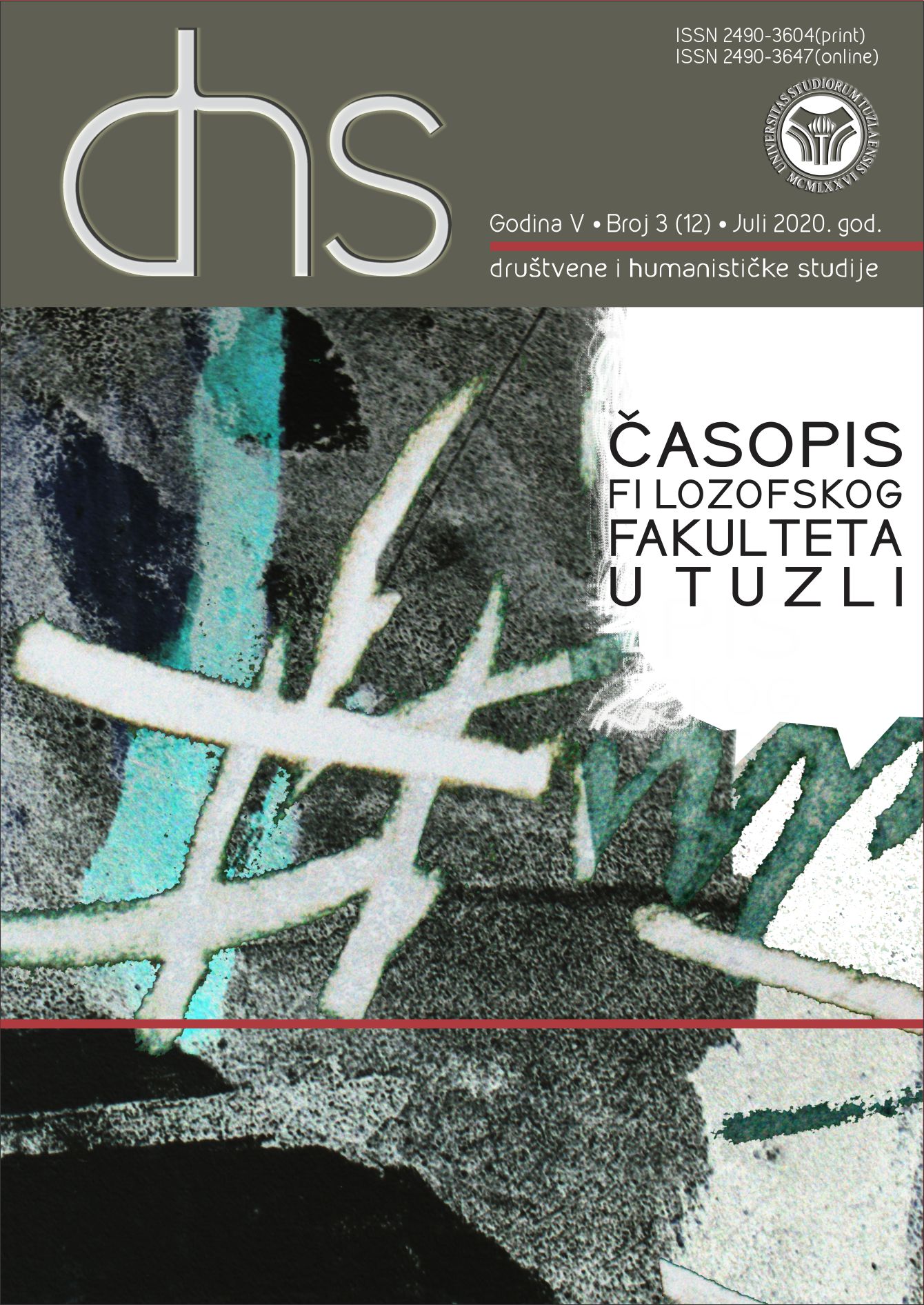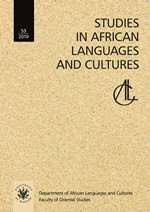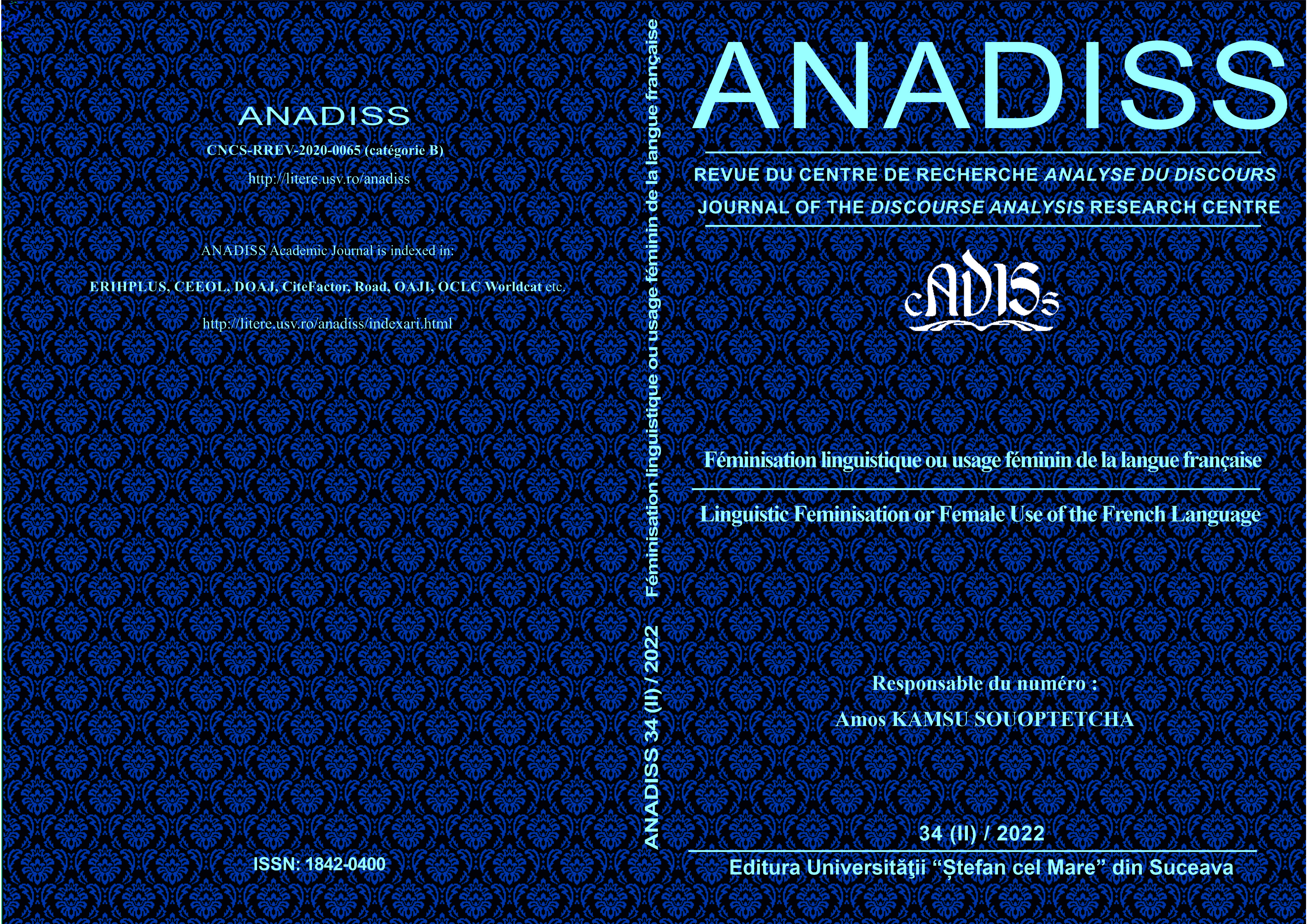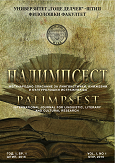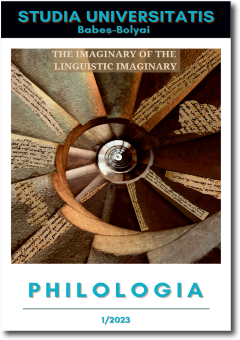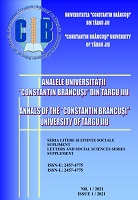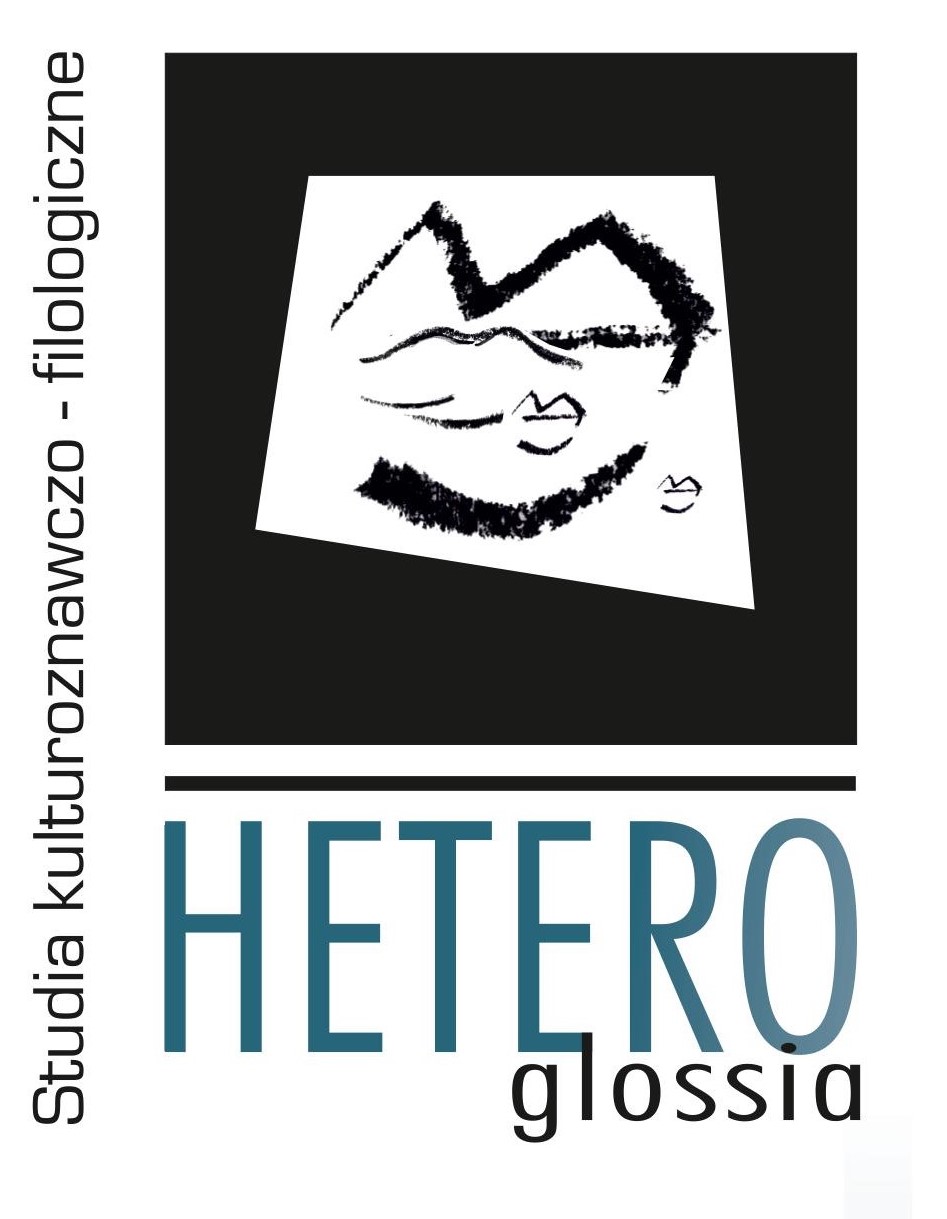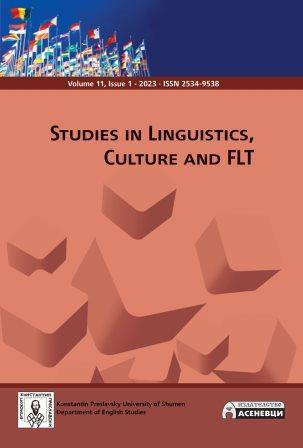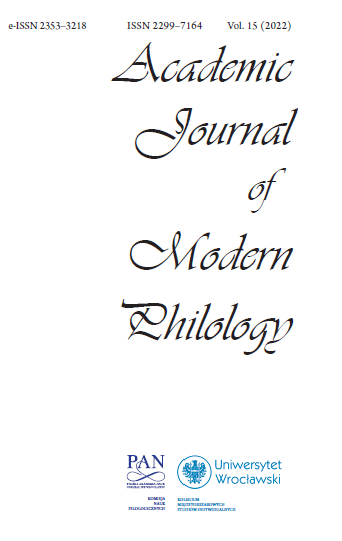Author(s): Palmira Zemlevičiūtė / Language(s): Lithuanian
Issue: 29/2022
The article deals with two-word compound names consisting of liga (‘disease, illness, malady’) as the main component and subordinate components expressed by nouns in the genitive from texts on promoting medicine and health (books, booklets, newspaper and calendar articles) of the late nineteenth and the early twentieth century. Efforts are made to determine the underlying subject with which subordinate components naming the qualities of clinical concepts are associated, identify the structural models and types of expression of those names, determine the semantic differences of names containing the different forms of expression of names with liga as the main component, and raise the issue of the (ir)relevance of liga as the main component. The subordinate components, which designate the attributes of clinical concepts, are usually based on an association with an organ, a disease, and an attribute of a disease. The most common structural model of names is NGen ← N, and the most prevalent types of its expression are DKilm ← DLiga, DKilm ← DLigos. The names that have the word liga in its singular form as a component also designate individual clinical concepts; besides, the names are used in reference to non-specific diseases, in a bid to draw the reader’s attention, to avoid repetitions of one and the same name where the context allows using simple and compound names interchangeably, and so on. The names that contain the word liga in its plural form designate collective concepts (as a rule, groups of diseases). Many human diseases did not have specific names at the time, and that is why the authors of the texts often made do with compound descriptive names containing the component liga. The spread of such names could have been facilitated by the living language. Quite often, the semantic charge of the names containing liga in its singular genitive form as the main component is borne by the subordinate component, which quite accurately describes the clinical concept in its own right and is used in texts as a simple term, making the main component liga superfluous. Such pairs of a compounds and simple names designating the same concept can be construed as mixed, same-root, contextual synonyms, or as short and long versions of the same name.
More...
